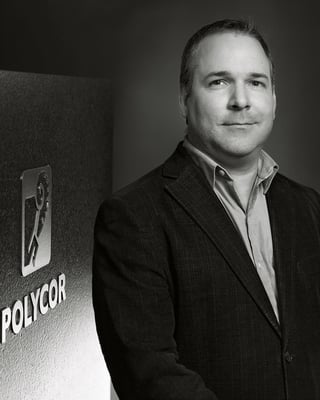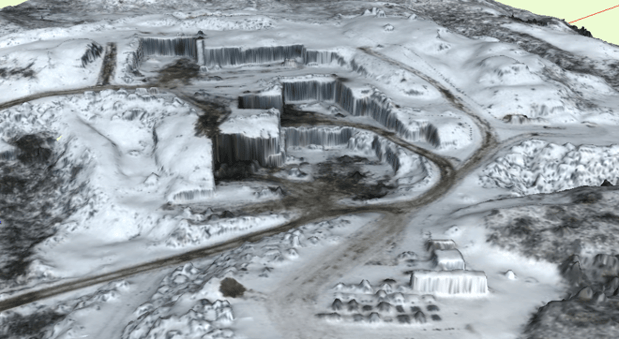 What is your role in the company?
What is your role in the company?
Estimating and sales on commercial and institutional architectural projects, landscape architecture and projects mainly in Canada and the northeastern United States, but sometimes as far away as Texas.
Who do you work with in the field?
More at the spec level with landscape architects and architects who need granite curbing, large blocks or architectural elements in natural stone.
How do you help these professionals?
I help them develop their projects and address any physical constraints that might arise in the design, as well as choosing the right materials and finishes suitable to the installation. At my point in the project they usually know the color scheme and the application and I confirm that what they want to do is possible with stone.
Can you give me an example?
A client wanted to install some solid marble block benches in a park, 42 blocks total that were each 16-feet long in White Cherokee Marble with a polished finish. We said, “Great, no problem for us to quarry and cut them to size but we don't recommend a polished finish in an exterior application such as this.”
That’s because the high polished finish itself will begin to lose its luster due to acid rain. The sides of the bench will maintain the original polish but the top will begin to wear in a few years. We could have just delivered the polished finish blocks, but I always try and think about the long run. We want to be a reliable company.
We don’t want a reputation of being a company that thinks about profit for today.
Another example is a client that wanted to create a large cubic seat wall in limestone. Instead we guided the client toward granite which is better suited to that application. Some limestone beds can be weak. The wall would have been too thick for that.
What part of your work do you like best?
I like the bidding process, when a spec comes for a big job. It’s exciting to help these projects come to life.
What makes Polycor unique in the industry?
First and foremost, we’re quarriers. Though we do fabrication, you’re not constrained to working with Polycor. You can buy stone from us and it can be fabricated by anyone in the market. You can choose Cambrian Black Granite from us and others can bid on the fabrication because they have access to our blocks. I think it makes for a more competitive process.
Also the way we quarry, the process to approach, manage and plan extraction are different. For example, no one else on the planet uses drone technology in their quarry. We use it to determine if we have the right material for jobs we spec and to ensure the most efficient operations for today and tomorrow.

How do you do that with a drone?
We take high definition pictures of quarries and transfer the images to a 3D model to create a virtual quarry image and it allows us to create a plan over a five year period. If the quarry has 11 levels, the 11 different quarry benches (a particular vertical level in the quarry) don’t yield the same amount of material. Some levels may have more cracks or could be unstable, so we have a better plan of attack when working in different areas. Based on the model we can assess two years out, say by July 2018, which benches will yield the best quality material.
So if you’re renovating a university campus and you have a master plan for five years, you want to know that what you're building today will be able to be matched at a later date. With drone technology, we can ensure this will happen.
Here's a 3D digital model taken by our drone technology at Polycor's Kodiak Black Granite quarry in Canada:

You do restoration also, tell us about that.
Yes, we provide historically accurate stone to historic buildings and institutions, like churches, museums and government buildings.
We’re involved in an ongoing restoration of the Minnesota State Capitol right now which was constructed about a century ago in White Georgia Marble. Being Minnesota with Minnesota weather, the material began to deteriorate over time. Since 2012 we’ve been supplying the Capitol with the same White Georgia Marble used in the original 1909 construction. We’re also working with different fabricators to cut the architectural elements. We provide pieces like window sills and scrolls. More complicated pieces are shipped to master stone carvers in Italy.
At St. Patrick’s Cathedral we used Pearl Grey Georgia Marble to match the original marble used from the old Tuckahoe quarry, which is now closed.
Do you have questions about restoration, architectural elements or curbing? Email Hugo at Hvega@polycor.com. To read more on the restoration projects mentioned here, read When Quarries Close, Marble Restoration Requires Historic Sources.
 What is your role in the company?
What is your role in the company?